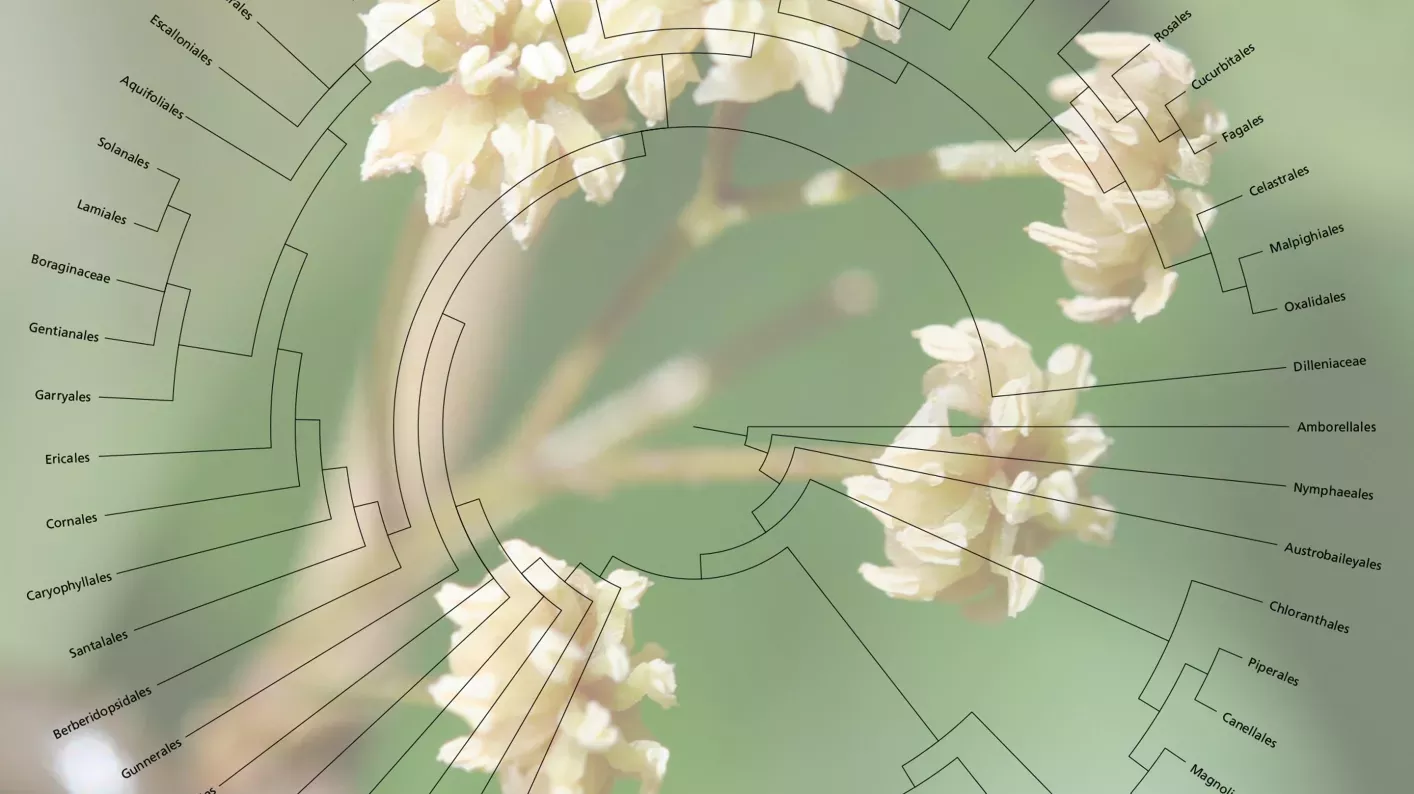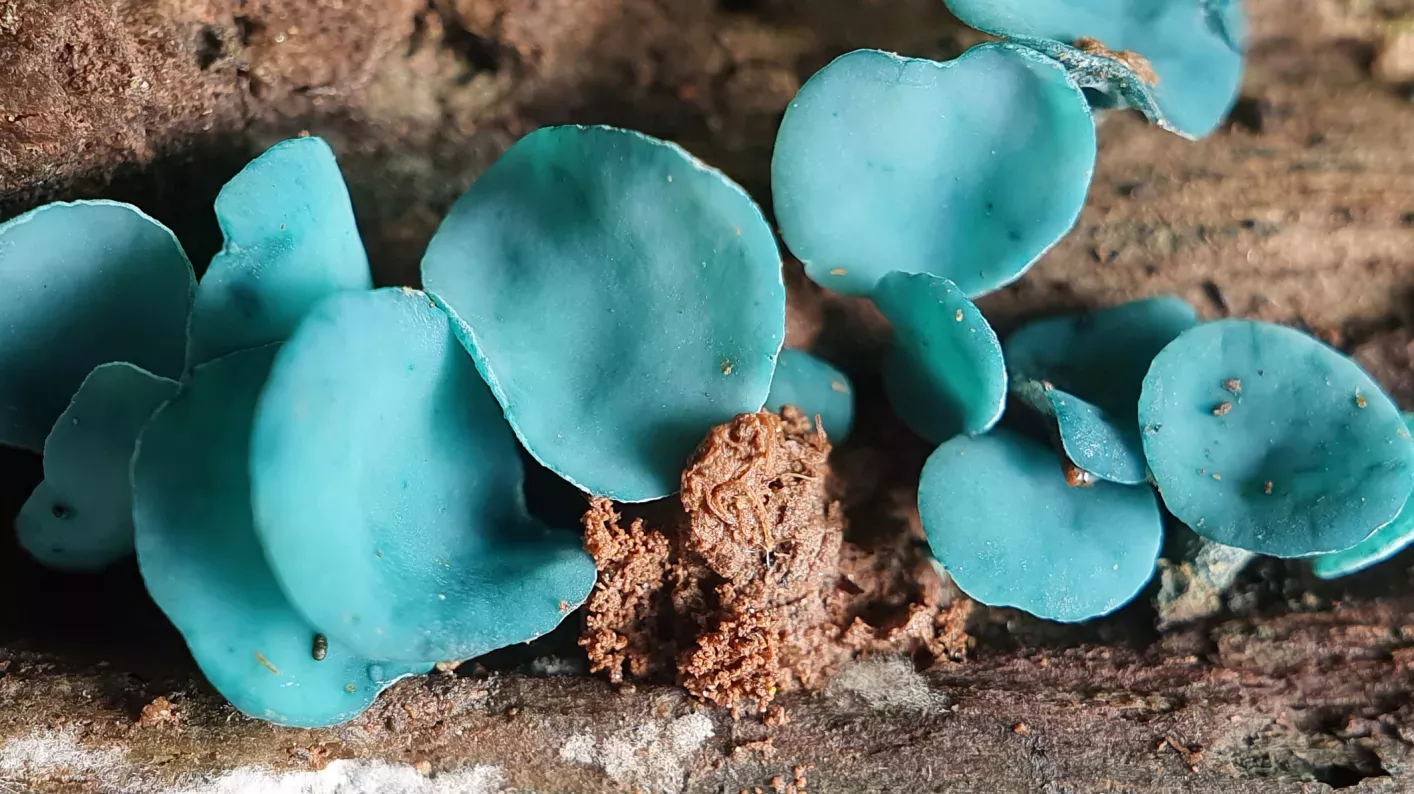
Completing the Plant Tree of Life
Discovering and disseminating the evolutionary history of all plant genera.
Plant Tree of Life
The evolutionary tree of life underpins the biological sciences.
It provides the fundamental roadmap for exploring and predicting patterns of diversity, understanding the drivers behind this diversity and predicting future trends.
Building the tree of life for plants and fungi remains a long-term research priority for Kew.
Our team leads Kew’s Tree of Life Initiative which aims to:

Discovering and disseminating the evolutionary history of all plant genera.
Plant Tree of Life
Discovering and disseminating the evolutionary history of all fungal genera.
Fungal Tree of LifeSenior Research Leaders
Prof William Baker
Dr Félix Forest
Dr Ilia Leitch
Deputy Director of Science
Dr Paul Kersey
Future Leader Fellows
Dr Alexandre Zuntini
Dr Benedikt Kuhnhäuser
Senior Researcher (PAFTOL Data Production)
Dr Olivier Maurin
Data Production Officer
Raquel Negrao
Laboratory Technicians
Catherine McGinnie
Katherin Restrepo-Sulez
Robyn Cowan
Bioinformaticians
Dr Paul Bailey
Dr Berta Gallego
Developer (Biodiversity informatics)
Emile Loveday
UX/UI Designer
Jeff Cook
Honorary Research Associate
Dr Wolf Eiserhardt
Senior Research Leader
Dr Ester Gaya
Future Leader Fellow
Dr Alexandra Dallaire
Research Assistants
Dr Rosie Woods
Kieran Woof
Outreach Officer
Rich Wright
Darwin Tree of Life Project Manager
Dr Brian Douglas
The Tree of Life initiative is actively working with other projects and programmes that share our goals:
Accelerated Taxonomy
Trait Diversity and Function
Zuntini, A.R., Carruthers, T., [276 authors], & Baker, W.J. (2024)
Nature (online early).
Our Tree of Life publications are listed in our Research Repository.
Explore the tree of life and access the genomic data that underpin them in Kew Tree of Life Explorer.
Data are currently available for flowering plants only. Research on fungi is underway and will be released in due course.